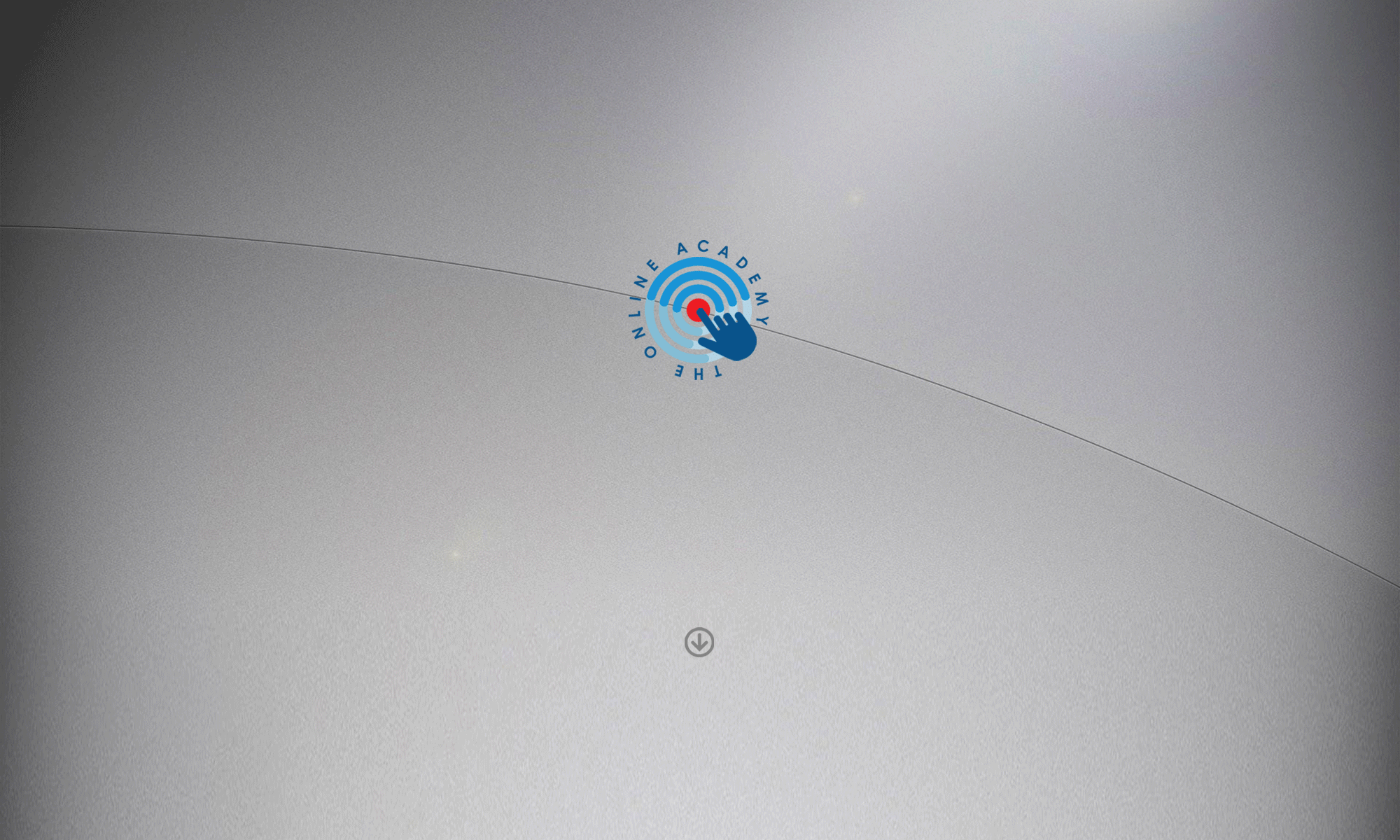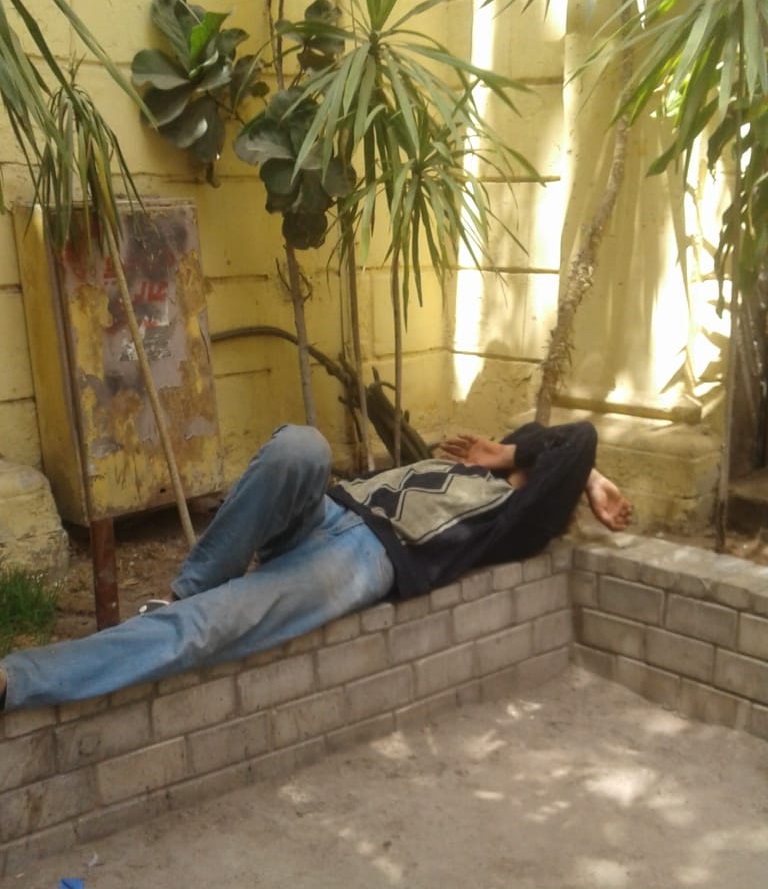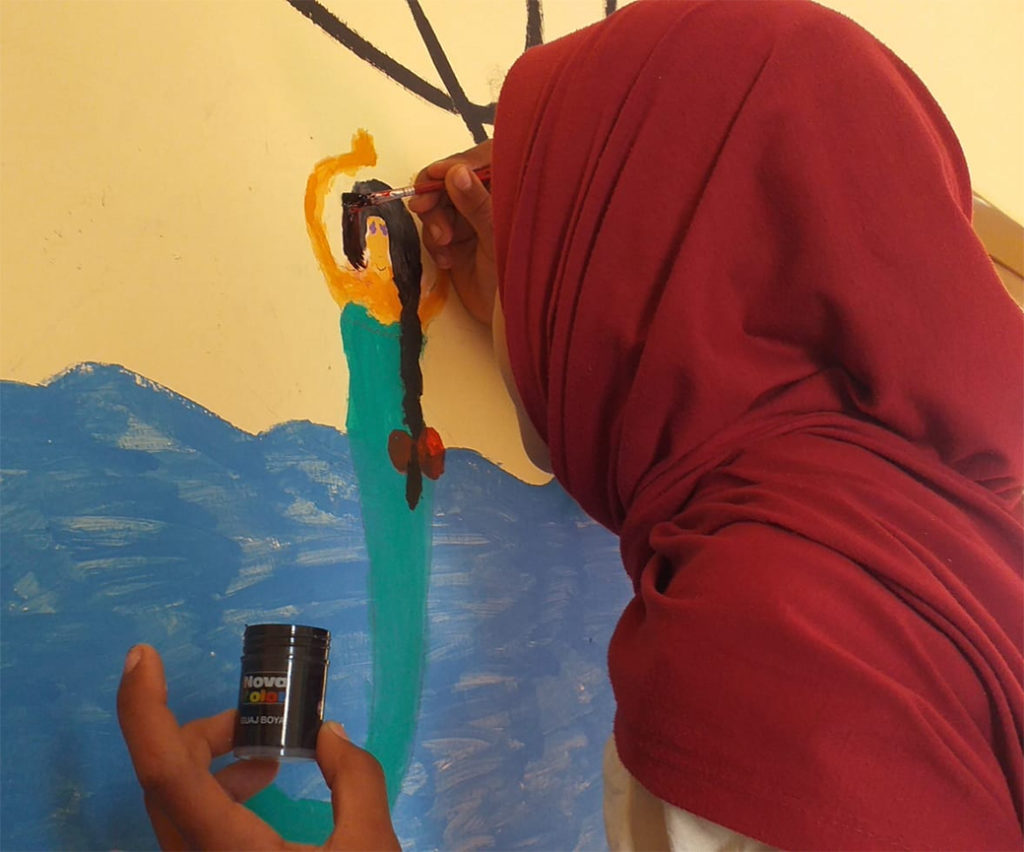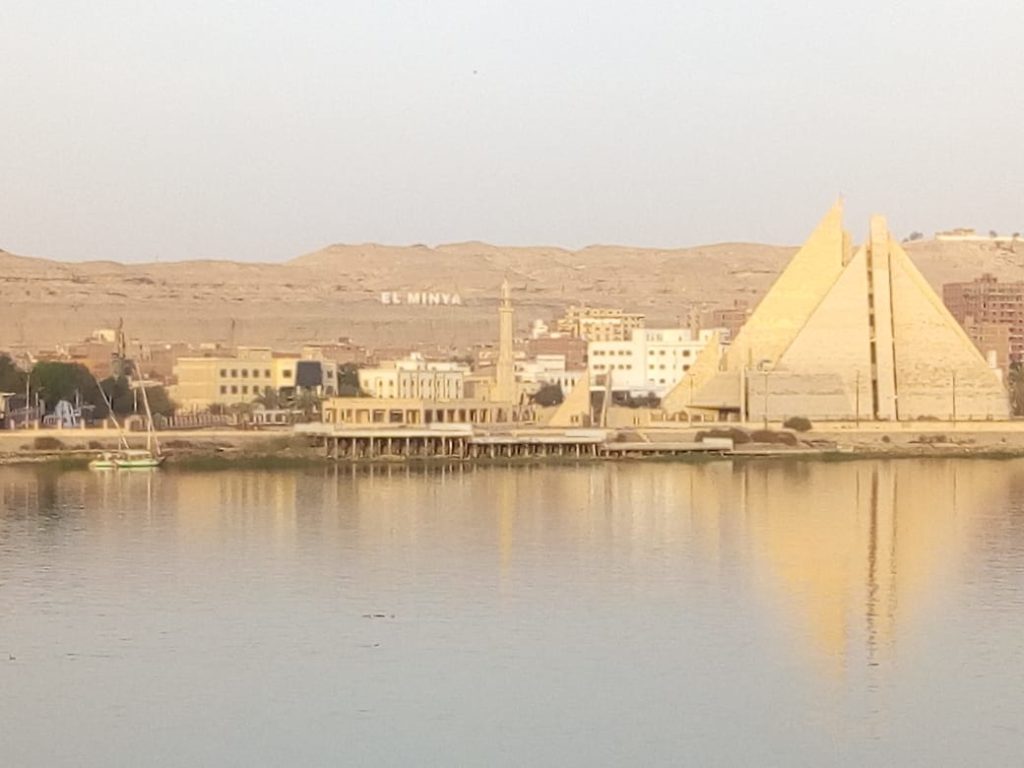The word ‘rolling’ sounds like an effortless way of
moving, something that does not require more than a gentle push. But when we
rolled out our first pilot course, ‘Use Your Smartphone’ (in Arabic), we
learned that not all rolling is quite so effortless. It was a tremendous job to
get it all done, to reach the high standards we aimed for and to do so within
the timeline we had set ourselves. Even telling ourselves that we were
developing a pilot – a test case – did not help tone down our ambitions. After
all, we wanted our learners to have a valuable experience, not to feel like
guinea pigs. So, while we knew that our course could not yet be perfect, it had
to be good. Learning from mistakes is all very well, and we wholeheartedly
believe in this as a powerful learning tool, but it felt plain wrong to make
our learners pay the price for our learning process.
Now that the first pilot has been completed, it is
time to reflect on what we did, and how it worked out. We decided to share our
reflections, lessons learned, dilemmas, and pending questions with you through
a few blog posts that we will publish over the coming weeks. We think putting
our thoughts on ‘paper’, albeit digital paper, will improve our reflections.
And we hope that this way, whatever we learn, might be of use to you. Today or
tomorrow, online or offline. Learning knows no boundaries, really.
In 2018, we spent around half of
the year developing our approach to mobile learning, including a search for the
best platform to use. We wanted to make sure that as many people as possible
could have access to our course, against the lowest possible cost. After all,
our mission is to make education accessible to everyone as we believe everyone
deserves to have opportunities to develop themselves to their full ability, regardless
of where they live or what formal education they may have. So, we had to find a
simple, low-data-usage platform which would be well-known by our target groups.
Preferably, they would already be using it for other purposes.
At the same time, as education for all can be
sensitive within certain contexts we needed to ensure the privacy of our
learners. Our learners would need to be able to access our course without
drawing too much attention and without being exposed, as this could jeopardize
their continued participation. So, either we had to find a platform where our
learners could be anonymous when interacting with each other for instance
through use of nicknames. Or we could use a platform that would allow for
interaction between learner and course coordinator only, where identity and
privacy would be less of an issue. Aside from platform possibilities we had to
consider also the level of digital hygiene of our learners. Would they
consistently use a nickname? Would they not share anything personal that would
make them identifiable and possibly put them at risk in their own communities?
Would they even like to share with others that they knew nothing about, or
would mistrust hold them back?
Finally, our platform needed to be reliable and
stable platform, not under development or at risk of becoming obsolete.
In the end, we chose to base ourselves on WhatsApp, the one app that seemed to tick almost all of the boxes, contrary to Facebook Workplace and Google Classroom which we tried out as well. We did enjoy Google Classroom, as it is very structured and allows for both group discussions and one-on-one exchange. However, it did not feel sufficiently easy in use for our target group. Security could also be(come) an issue, also through use of avatars and names by the learners themselves. Facebook Workplace seemed a bit too unstructured for our purposes, while there were also privacy concerns as one needs a personal account linked to a real e-mail address which makes you immediately identifiable. Hence the choice for WhatsApp as our main tool. The only thing we wanted which WhatsApp does not allow for is clearly focused, anonymous, interaction. For that, we decided to make use of Padlet for some assignments and discussions.
Overall, at the end of our pilot, we still stand by
our choice for WhatsApp. Our learners were familiar with this app and were
already using it. It was possible to communicate quite easily and smoothly with
each individual participant, while dissemination of materials could be easily achieved
‘in bulk’. WhatsApp does not use much data of itself, and we made sure the
materials were as small sized as possible. Some of our learners in the first
pilot are based in Sudan, and even during the protests there WhatsApp remained
largely accessible, even though some participants did indicate the quality of
the connection deteriorated, especially at times when the government wanted to
block use of social media.
The people we target with our mission of contribution
to access to education for all tend to live in closed societies and/or closed
countries, and are limited in their access to education by their gender,
ethnicity, position or by poverty. These
people are extra vulnerable to blocking of a website or app, or to bad
connections resulting from bad quality networks or network overload due to
ongoing events. This is what we were aware of beforehand, and why we so
carefully designed and tested our approach.
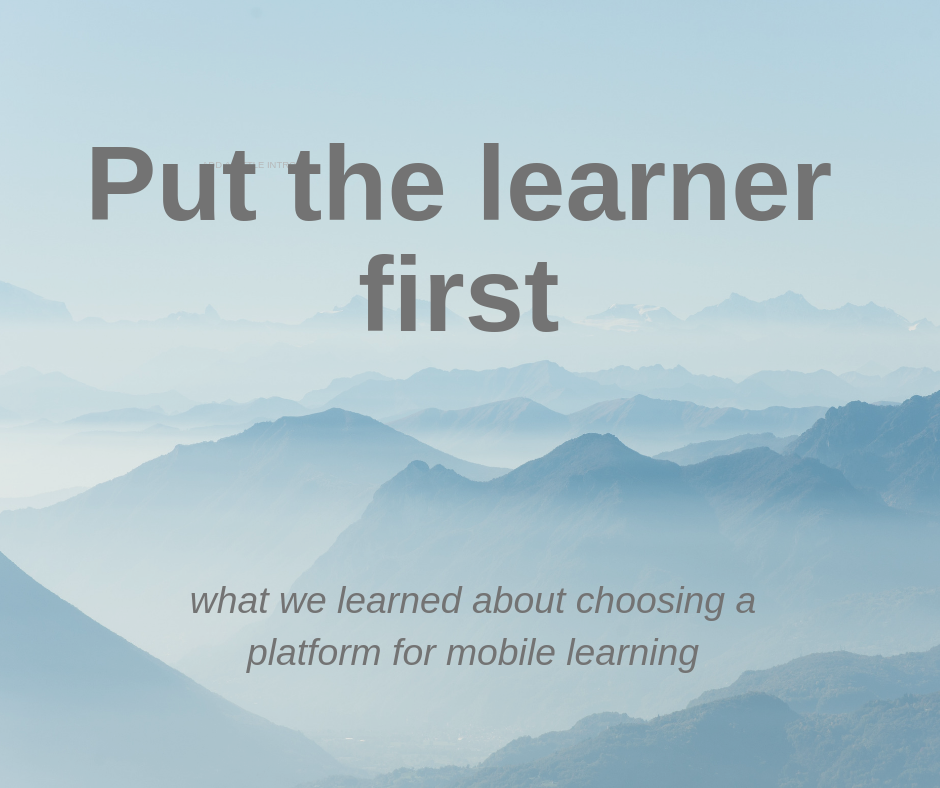
What we learned is this: put the learner first. While we believe very strongly in the power of social learning, where learners also learn from each other and from interacting with each other, in the end we decided that this would be very difficult to facilitate. This decision was made, with the greatest difficulty I might add, on the basis of a) knowing that the core of our target group would not have much access to social platforms due to data and connectivity issues, and b) knowing that the core of our target group could not be expected to be well-versed in use of different applications nor in digital hygiene and digital security (which are among the topics we wanted to educate people about) and c) knowing that our mission of learner retention could be jeopardized if our learners would be exposed within their communities, which could easily happen and be outside of our control in open social platforms. We had to put our, at that moment still imaginary, learner first. What would she (or he) be able to afford? What would she be able to use? Would her environment force her to drop out if it became known that she was learning? To collect answers to our questions, develop assumptions and validate these, we have reached out to people in our core target group at several stages in the design process.
In order to pursue our ambition of some social learning, we introduced Padlet as a platform for exchange. Here you can leave notes without your name, either synchronously or asynchronously. It worked reasonably well, but we learned that combining different platforms, WhatsApp and Padlet, can also create confusion. Not all of our learners were able to handle this diversion well. This in fact confirmed our assumptions as mentioned above. Access is limited and in turn limited access limits also versatility in use of different applications. So there is a certain snowball effect – one limitation leads to another and each reinforces the last.
Thus, any online or mobile course will challenge the
learners who enroll as much as the course creators and course coordinators, and
each of these has to broaden their horizons in different directions.
Our horizon was expanded unexpectedly by actually narrowing down our approach to focus on providing access to learning even if it could not be the ideal type of learning we had in mind at the outset. Having access to a course at all beats no access, after all. That is why in the end we feel very proud of the positive feedback we have received from our first pilot learners: “Thanks a lot! The lessons have been very useful for a beginner like me.”
True, we did not roll effortlessly
and learned a lot on the job (one of our
next blog posts covers how we applied some of the lessons learned immediately,
so that our learners could see that we were learning at the same time as they
were). But all the while we were focused on our mission to bring education
and learning to those who lack easy access – and to date more than 100 people
have been able to learn something new through our course. We are so proud of
these people and so happy that we could serve them. This is what keeps us motivated
to continue on our path, and to find ever better ways to reach and serve the
people we want to empower through education and learning. We have developed
lots of new ideas and dreams and are ready for the next stages! So, keep an eye
out for new roll outs of pilots and courses!
